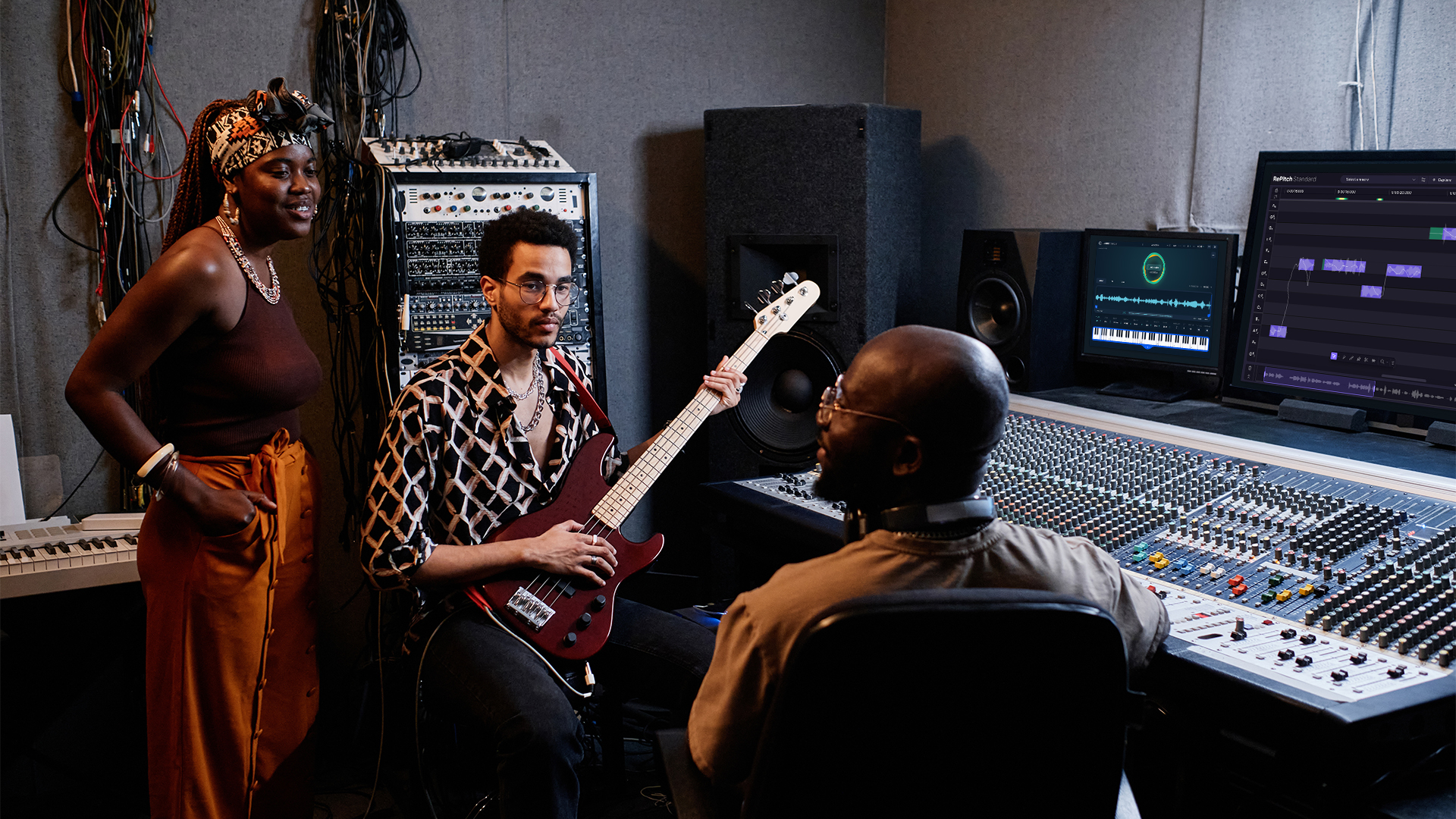If you hang around musicians long enough, you’ll hear two contradictory takes about AI: “It’s ruining music,” and “It saved my mix at 3 a.m. and I will never live without it.”
Both can be true.
But according to new research from LANDR’s global community, one thing isn’t up for debate anymore: artists are using AI… a lot.
So what are musicians actually doing with AI? What are they worried about? And where is this headed?
Let’s break it down for the skimmers, the skeptics, and the secretly curious.
AI Is Officially Part of the Workflow (Yes, Yours Too)
Here’s the headline: 87% of artists already use AI somewhere in their workflow.
But AI isn’t monolithic—artists use it in different ways depending on what they need.
Technical tasks are the gateway drug
Think: mastering, stem separation, restoration, timing correction. 79% of artists reach for AI in these areas. It’s fast, it’s accurate, and it handles the tedious bits nobody brags about on Instagram.
Creative tasks aren’t taboo anymore
Old narrative: “Real artists don’t use AI to write.”
New narrative: 66% do.
But, artists aren’t using it to generate full songs nearly as much as they use it to generate parts of a song.
Tools that help fill out arrangements with generated vocals, drums, guitars, bass and other instrumentals were more popular than full song generators in LANDR’s study.
From melody variations to chord progressions to arranging rough sketches into full songs, musicians increasingly treat AI as the session musician who never misses rehearsal.
Promotion is the sleeper category
More than half (52%) use AI for the part of music-making almost everyone hates:
cover art, bios, captions, analytics, content ideas, the endless promo treadmill.
30% generate cover art and nearly 1 in 5 use AI just to come up with social post ideas.
This is the first big shift AI has triggered: Artists aren’t waiting around for a team, they’re building one.
How 29% of Artists Use AI Creatively
The stereotype is that AI songwriting means pressing one button and praying the output slaps. But the reality is more modular and way more practical.
According to the data, here’s where creators lean in hardest:
- 18% generate lead vocals
- 16% generate drum patterns
- 16% generate instrumental parts (piano, strings, horns, etc.)
- 14% arrange sketches into songs
- 13% generate melodies and chord progressions
In other words: AI isn’t replacing songwriting, it’s speeding up the parts that block songwriting.
Need a quick guitar riff because yours sounds like elevator music? Or vocal placeholders because your singer is in Bali? How about five melody variations to pick the one that doesn’t annoy you?
AI is filling the gaps so humans can stay in flow. And that aligns with the #1 reason artists say they use AI: to fill skill gaps, followed closely by the need to work faster.
Promotion: The AI Gold Rush Artists Didn’t Expect
When you zoom into future interest, something jumps out:
The strongest demand for AI isn’t in songwriting, it’s in promotion.
Across 52 potential uses tested, the greatest appetite was for:
- Understanding audiences (84%)
- Analyzing social and release stats (83%)
- Translating content (82%)
- Getting social content ideas (82%)
- Advising on growing fanbases (81%)
Musicians aren’t just using AI to sound better, they’re using it to compete.
Because between TikTok churn and the ever-hungry Release Algorithm Gods, artists need every edge they can get.
This is where tools like LANDR’s ecosystem fit naturally: AI mastering, vocal processing, smart distribution, cover art, promo guidance, all in one place. It’s not hype anymore, it’s infrastructure.
So What’s Stressing Artists Out? (Here’s the honest part.)
Artists aren’t blindly optimistic. They’re excited and worried, sometimes in the same breath.
Top concerns:
- Soulless or generic output (46%)
- Ethics and consent of training data (43%)
- Becoming too dependent on tech (34%)
- Takedown rules (30%)
- AI replacing humans (29%)
The through-line:
Musicians want AI that feels like a tool, not a shortcut that dilutes creativity or crosses ethical lines.
This is exactly why initiatives like LANDR’s Fair Trade AI Program matter: transparency, consent, and respect for artistic work. These are things that shouldn’t be optional.
If you’re curious about how LANDR is making AI tools ethically while helping artists find new ways to monetize their music, learn more about it here!
The Divide Is Growing
Here’s one of the most telling stats in the whole report:
- 69% of artists are already using more AI tools than last year
- 90% of that group plans to increase again next year
- Among those not increasing usage, 76% plan to stay that way
This is the emerging split:
- AI adopters: moving fast, levelling up, expanding skills
- Traditionalists: holding their ground, but becoming a minority
Neither side is wrong, but they’re definitely not moving at the same speed.
So… Where Is AI in Music Actually Going?
If you zoom out beyond the hot takes, three big shifts are already underway:
1. Creators are becoming more self-sufficient
The new music stack: DAW + plugins + distribution + AI helpers.
It’s all creating a leaner, faster ecosystem where fewer tasks require hiring specialists.
2. AI is becoming part of the creative process, not a replacement
Think of it like synths in the ’80s: first controversial, then unavoidable, now a staple.
3. Promotion is where AI will explode next
Every artist is also a marketer now, and AI is the assistant they never had.
Artists Aren’t Afraid of AI, They’re Strategic About It
The report makes one thing clear: musicians aren’t choosing between “human” and “AI.”
They’re choosing tools that help them make better music, faster, with fewer roadblocks.
AI isn’t replacing the creative spark. It’s clearing the clutter around it.
And for most artists in 2025, that’s not scary, it’s empowering.


